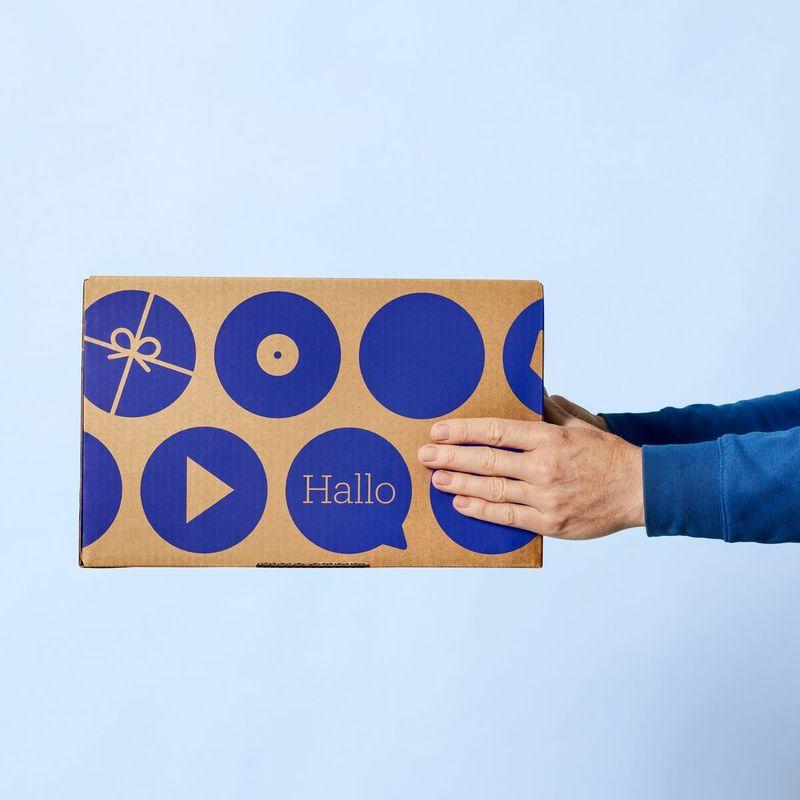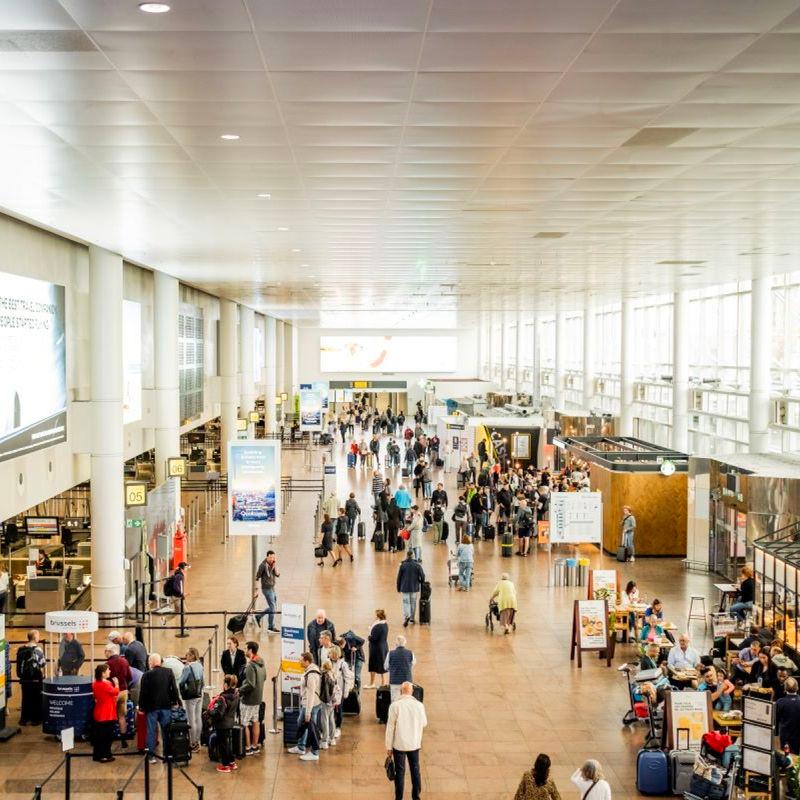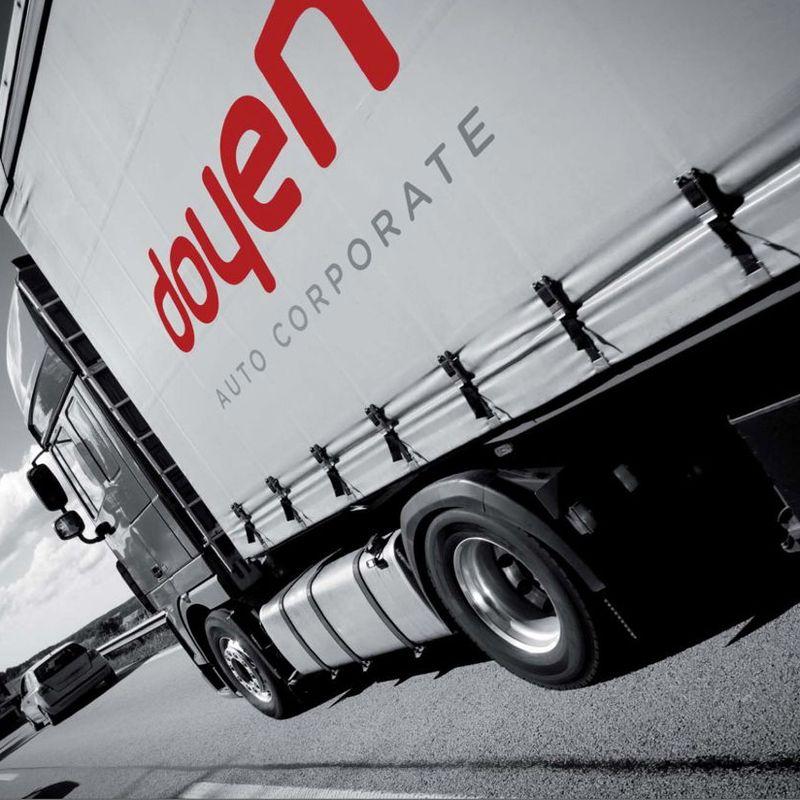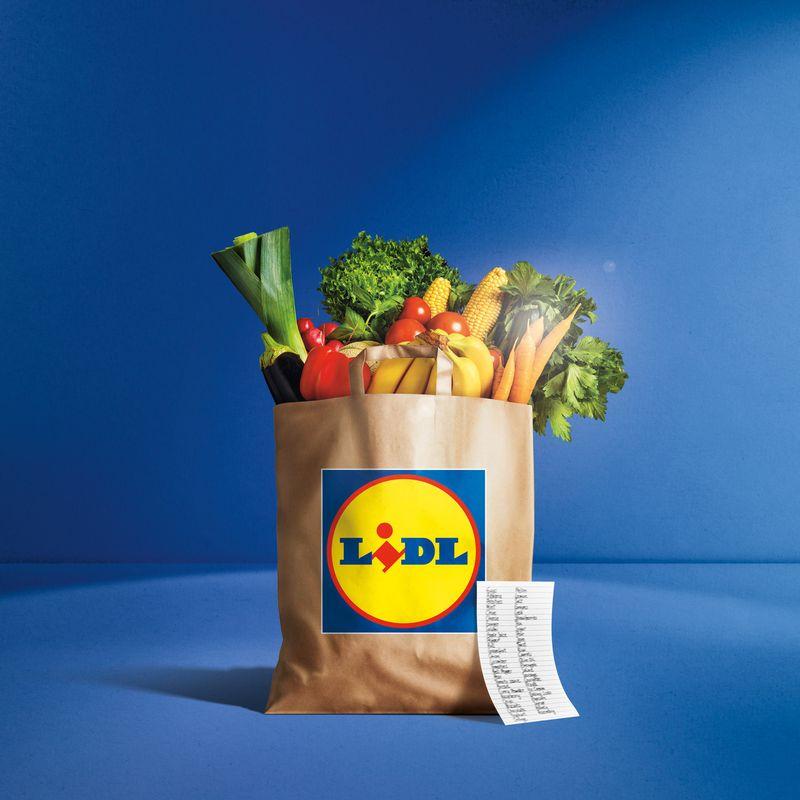
White paper
The energy transition is enormous, how do you make it personal?
How do you explain the energy transition? iO and Enexis developed a permanent campaign with smart tech and several storylines.

This article was originally published on Adformatie.nl
The energy transition can sometimes feel distant in scale, and its impact remote. But that changes when workers arrive to dig up your street, or when your solar panels fail. That’s when the practical consequences of the energy transition and the role played by the grid operator becomes tangible.
Enexis is the electricity and gas network operator in Groningen, Drenthe, Overijssel, Noord-Brabant and Limburg. Everyone living here is automatically an Enexis customer. Just like the grid operators elsewhere in the country, Enexis has a huge job. 'We are working on building a climate-neutral Netherlands,' says Stefan van den Boom, Digital Strategy Lead at Enexis. 'Neighbourhood by neighbourhood, we are preparing the energy grid for the future because the grid simply cannot cope with the rapid speed of progress towards sustainability in the Netherlands’, he explains. This demands one of the most extensive infrastructure upgrades ever carried out in the Netherlands. New, thicker cables and pipes will eventually be layed in one in every three streets. Waiting times for new, heavier connections are longer. Voltage problems can cause solar panel inverters to fail when there is too much sunshine, and lights sometimes flicker because the power demand is greater than what is available in a neighbourhood.
Raising awareness, understanding and encouraging behavioural change
The Dutch are already well aware that in some places, the energy grid is full. In order to solve this, almost everyone has to deal with some disturbances and nuisance caused by the work that’s taking place on the energy transition. Until recently, the power supply in the Netherlands was taken for granted – we have one of the best energy grids in the world – but now it is essential that Enexis proactively communicate with their customers. Not only to promote understanding and acceptance of the work, but also to raise awareness of the energy transition and promote more conscious energy behaviour. Van den Boom: ‘Our customer experience department does a lot of market research, because conscious energy use is also a prerequisite for achieving climate goals. This has demonstrated that people who understand what is going on are quite willing to adjust their energy behaviour, for example by running their washing machines when the sun is shining.'
Enexis called on blended agency iO, experts in closely interweaving tech and creation in campaigns. iO was challenged to develop a smart, hyperlocal and personalised campaign for Enexis, says Michiel De Nijs, Brand Strategist at iO. 'Together with Enexis, we started thinking about a structure for a multi-year campaign that would allow us to serve different target groups at times when it is relevant to them.' Most problems occur in neighbourhoods with a lot of solar panels, electric cars and heat pumps, and in other locations this is much less of an issue. This means that in some neighbourhoods it may take up to five years before they will see work start in their streets.
'In addition, Enexis does not sell a simple product. Their message can be complex and at times not so pleasant,' De Nijs continues. 'That's why it took a lot of research, because of course we're all used to the marketing funnels. Thinking in terms of profiles creates a completely different way of communicating, which is quite complex too.' As a grid operator, Enexis does not have access to the personal data behind the energy connection. 'We don't know who lives there,' says Van den Boom. 'That's why we mainly focus on digital communication, where we can get our messages across in a targeted way based on various data points.'
Permanent and multi-layered campaign
Enexis uses attitudinal models to monitor the attitude of the Dutch population towards the energy transition, the role of the grid operator, the climate, trust in the government, and people's motivations. De Nijs: 'Our campaign starts with insights, including from research conducted by Enexis. The campaign runs permanently and is multi-layered – but the consumer won't experience it that way, because as part of a specific target group, you are only ever in one storyline.'
Three target groups were identified for the campaign, based on people's attitudes, says De Nijs. 'There is a more conservative group, a more progressive group, and the frontrunners. The frontrunners have the financial means to invest in solar panels and an electric car. Enexis wants to get the message across to everyone, not just the frontrunners in the energy transition. That's why we're adapting communication so that we can communicate with all groups in society in the most effective way.'

The storylines of the four characters from the campaign, Kim, Jamal, Maaike and mechanic Eric, sometimes intertwine, with the open street as the connecting factor.

Bus shelters display targeted advertisements when the weather and the locations are favourable.
Hundreds of campaign assets
'I have never seen so many data perspectives used at the same time', concludes Van den Boom. De Nijs: 'We combine weather grid data, energy grid data, the work calendar and data from the attitude model to show targeted advertisements at relevant times and locations.' This leads to hundreds of campaign assets, each with their own shape, message and featuring different characters from the campaign. 'Reviewing all those assets took some time at the start', Van den Boom acknowledges. 'But we are used to that now.'
Video with AI modelled Enexis colleague

Enexis and iO have started using AI in videos, in order to be able to react to changing market conditions and news developments quickly. 'At the iO Campus in Utrecht, we digitised one of the Enexis representatives in the studio,' says Michiel de Nijs of iO. 'Our AI experts have trained the algorithm on how this person moves and on the sound of their voice. Now we can enter text and a video emerges. Now, Enexis can respond quickly to developments with video, sharing reliable information or giving explanations, so that the technicians who are desperately needed in the energy transition can continue their work.'

White paper

White paper

White paper

Dossier

Dossier

Dossier

Dossier

White paper

Dossier

Dossier

Dossier

Dossier

Dossier

White paper


Case

White paper

White paper

White paper

White paper

White paper

White paper

White paper

Dossier

White paper

White paper

White paper

Dossier

White paper

White paper

White paper
&w=1920&q=75)
Video

Dossier

Video

Video

Video

White paper

Press

White paper


Case


Case


Case


Case


Case


Case

Press


Case

White paper


Case


Case


Case


Case


Case


Case

Press

Dossier
Press


Case

Blog

Video

Dossier

Video

Video

Blog

Webinar

Press
Press

Blog

Blog

Blog

Webinar

Webinar


Case

Blog


Case

Press

Webinar

Webinar

Webinar


Case


Case

Press


Case

Blog

White paper


Case

Blog


Case

Blog
&w=1920&q=75)
Blog

Webinar


Case

Blog

Blog


Case

Blog

Blog
Blog


Case

Blog

Blog

Blog

Blog

White paper

White paper

Blog

Blog

Blog

White paper

Blog

Blog

Blog

Video

Video

Video

Video

Video

Video

Video

Video

Video

Video

Video

Video

Video

Video

Video

Video

Video

Video

Webinar

Webinar

Event